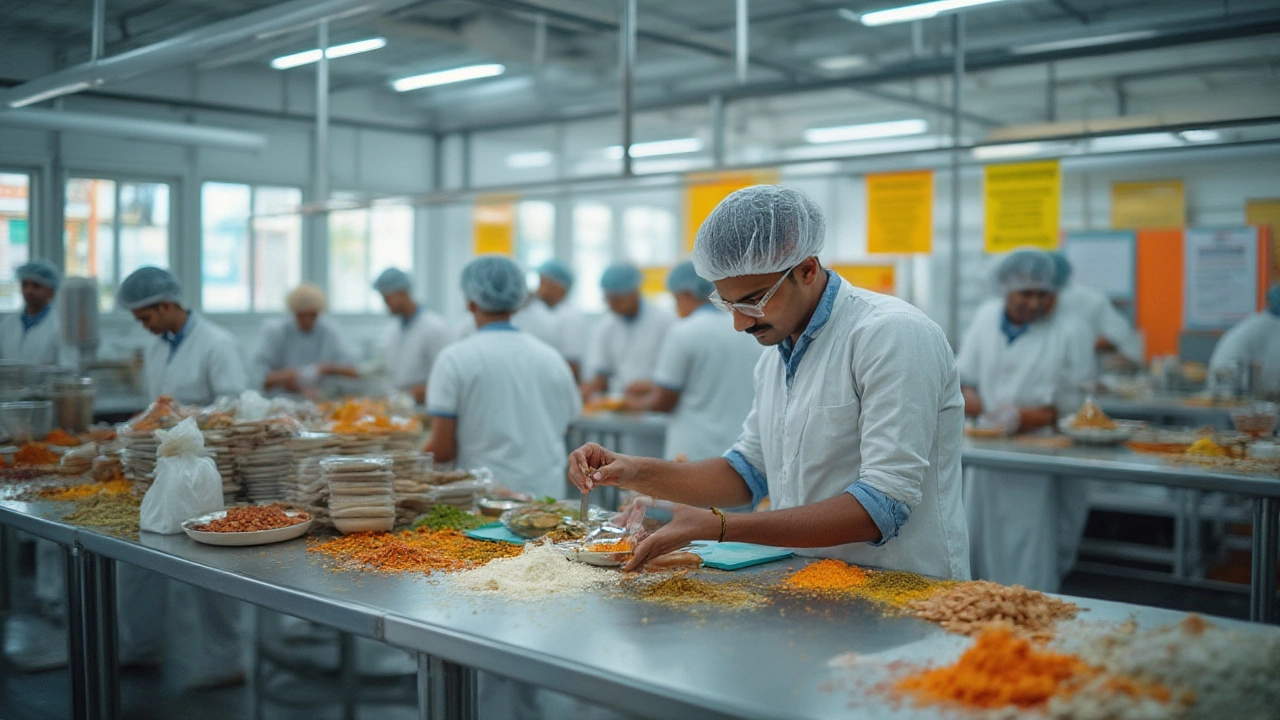Food Safety in Manufacturing and Industry
When talking about food safety, the set of practices that keep food free from hazards during production, handling, and distribution. Also known as food hygiene, it relies on strict standards, regular testing, and clean‑room protocols. The concept sits alongside manufacturing processes, the methods used to turn raw materials into finished goods, pharmaceutical industry, a sector that applies rigorous safety checks to medicines and vaccines, plastic packaging, the containers that protect food but can also introduce contaminants, and chemical contaminants, substances like pesticides, heavy metals, or migrating plasticizers that threaten health. Together they form a network where each part influences the others.
Why Food Safety Matters Across Sectors
Food safety encompasses good manufacturing practices, so any lapse in a factory line can turn a safe product into a risk. In the pharmaceutical world, the same standards protect not just pills but also nutrition‑based supplements that end up on shelves. Plastic packaging, while convenient, can leach chemicals if not formulated correctly, linking directly to chemical contaminant concerns. This chain means that a change in one area—like adopting a new machining tolerance—can ripple through the entire safety system.
Regulators demand documented traceability, which forces manufacturers to map each step from raw ingredient receipt to final packaging. That traceability requires robust data collection tools, often digital dashboards that log temperature, humidity, and pressure in real time. When those tools are in place, the risk of a batch failure drops dramatically, and recall costs shrink. The pharma sector has long used such systems, and the food industry is catching up fast.
Another key link is the rise of sustainable plastics. Companies that switch to biodegradable films must test for migration of breakdown products into food. The test results feed back into the chemical contaminant database, shaping future material choices. In short, plastic packaging directly influences food safety outcomes because the barrier it provides must stay intact under storage conditions.
Our post collection below covers this whole ecosystem. You’ll find a guide on picking product ideas that meet safety standards, a deep‑dive into Sun Pharma’s quality controls, and an analysis of plastic waste trends that affect packaging decisions. There are also pieces on chemical manufacturing gaps in India, the cheapest US manufacturing hubs for food‑grade equipment, and the latest semiconductor manufacturing news that could reshape food‑tech sensors. Whether you’re a startup founder, a seasoned plant manager, or a policy maker, the articles give you concrete data, real‑world examples, and clear actions to boost safety across the board.
Ready to see how each sector tackles the same challenge from a different angle? Scroll down to explore the curated articles that unpack product validation, regulatory compliance, and emerging tech—all through the lens of food safety.
